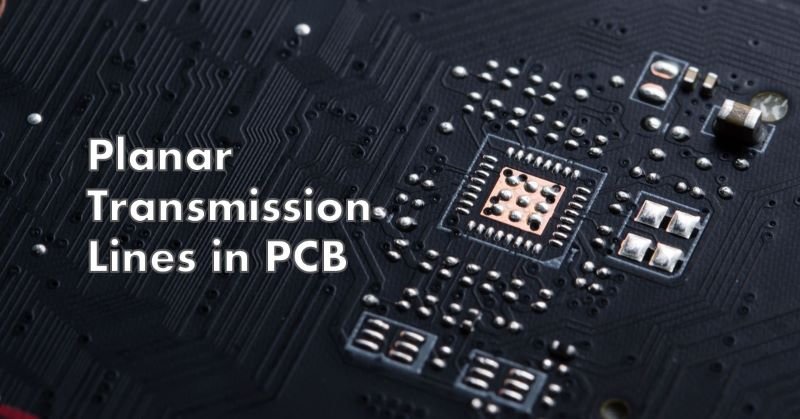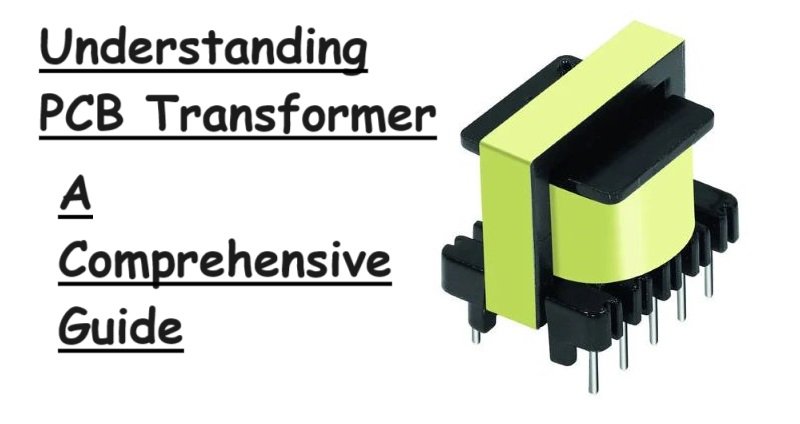What is Solder Flux and How do you use it?
What is Solder Flux?
Solder flux is a chemical compound used in the process of soldering to improve the quality of the solder joint. It is a material that helps in the removal of oxides from the metal surface, promotes the flow of solder and enhances the wetting ability of the solder. Flux also prevents the oxidation of the metal during the soldering process, ensuring a strong and reliable connection.
Why is Flux Necessary?
When metal surfaces are exposed to air, they can quickly oxidize, forming a layer of oxide on the surface. This oxide layer prevents proper solder wetting, making it difficult for the solder to bond with the metal. Flux helps to remove this oxide layer, exposing clean metal surfaces for the solder to adhere to.
Flux also helps to prevent the formation of new oxides during the soldering process. As the metal heats up, it can react with the surrounding air and form new oxides. These oxides can interfere with the soldering process and result in weak or unreliable solder joints. Flux acts as a barrier, preventing the metal from coming into contact with the air and forming new oxides.
Flux Application Methods
There are several methods for applying solder flux, depending on the type of flux and the specific soldering application. Here are some common flux application methods:
1. Flux Pen
A flux pen is a convenient and precise way to apply flux to specific areas. It looks like a marker pen and contains flux in a liquid form. Simply apply the flux pen to the areas that require flux, and it will dispense a controlled amount of flux onto the surface.
2. Flux Syringe
A flux syringe is similar to a flux pen but allows for more precise control over the amount of flux being dispensed. It is particularly useful for fine-pitch soldering or when working with small components. The flux is dispensed through a needle-like applicator, allowing for precise placement.
3. Flux Paste
Flux paste is a thicker consistency of flux that comes in a jar or tube. It is typically applied using a brush or a small spatula. Flux paste is ideal for larger soldering applications or when a larger area needs to be covered with flux.
4. Flux Core Solder
Flux core solder is a type of solder wire that has flux embedded in the center. As the solder wire melts during the soldering process, the flux is released and helps to remove oxides and facilitate the soldering process. Flux core solder is a convenient option as it combines the flux and solder into one product.
5. Flux Spray
Flux spray is a pressurized canister that dispenses flux in a fine mist. It is commonly used in industrial soldering applications or when a large area needs to be covered quickly. Flux spray provides an even and consistent coating of flux over the surface.
Regardless of the method used, it is important to apply the flux sparingly. Applying too much flux can lead to excessive residue and may require additional cleaning after soldering. It is also essential to choose the appropriate flux for the specific soldering application, as different flux formulations are designed for different types of metals and soldering processes.
Types of Solder Flux
There are several types of solder flux available, each with its own unique characteristics and applications. Here are some of the most commonly used types:
1. Rosin Flux
Rosin flux, also known as resin flux, is one of the most widely used types of solder flux. It is made from the sap of pine trees and is available in both liquid and solid forms. Rosin flux is known for its excellent solderability and its ability to remove oxidation from metal surfaces. It is commonly used in electronics and electrical soldering applications.
2. Water-Soluble Flux
Water-soluble flux is a type of flux that can be easily removed with water after soldering. It is commonly used in applications where post-solder cleaning is required, such as in the assembly of circuit boards. Water-soluble flux is typically less aggressive than other types of flux, making it suitable for sensitive electronic components.
3. No-Clean Flux
No-clean flux is a type of flux that leaves behind minimal residue after soldering. It is designed to eliminate the need for post-solder cleaning, saving time and effort. No-clean flux is commonly used in applications where residue can be tolerated, such as in consumer electronics. However, it is important to note that while no-clean flux reduces the need for cleaning, it is still recommended to remove any visible flux residue for optimal performance.
4. Organic Acid Flux
Organic acid flux, also known as activated rosin flux, is a type of flux that contains organic acids, such as citric acid or hydrochloric acid. It is known for its strong cleaning capabilities and is commonly used in plumbing and metalworking applications. Organic acid flux is particularly effective in soldering copper and brass, as it helps to remove tarnish and oxide layers.
5. Inorganic Acid Flux
Inorganic acid flux, also known as hydrochloric acid flux, is a highly aggressive type of flux that is used in applications where strong cleaning is required. It is commonly used in plumbing and heavy-duty metalworking applications. Inorganic acid flux should be used with caution, as it can be corrosive and may require additional cleaning after soldering.
Why is Solder Flux Used in Soldering?
Solder flux serves several important purposes in the soldering process:
- Oxidation Prevention: When metals are exposed to air, they can quickly oxidize, forming a thin layer of oxide on the surface. This oxide layer can hinder the flow of solder and prevent a strong bond from being formed. Flux acts as a barrier, removing the oxide layer and allowing the solder to make a clean connection with the metal.
- Cleaning and Degreasing: Another role of solder flux is to clean and degrease the surfaces being soldered. Flux contains chemical agents that help remove any dirt, grease or other contaminants present on the metal surfaces. This ensures a clean and reliable solder joint.
- Heat Transfer Enhancement: Soldering requires the application of heat to melt the solder and create a bond between the components. Flux helps in the efficient transfer of heat by reducing surface tension and allowing the solder to flow more easily. This ensures that the heat is evenly distributed and prevents overheating of the components.
- Solder Flow Control: It helps to guide the solder to the desired areas, preventing it from spreading or bridging across unintended connections. This control is especially important when working with complex electronic circuits or delicate components.
How to Use Solder Flux
Using solder flux correctly is essential for achieving high-quality solder joints. Here are the steps to follow:
Step 1: Prepare the Surface
Before applying solder flux, it is important to ensure that the surfaces to be soldered are clean and free from any dirt, grease, or oxidation. Use a suitable cleaning agent or abrasive material to clean the surfaces thoroughly.
Step 2: Apply Flux
Apply a small amount of solder flux to the areas where the solder will be applied. The flux can be applied using a brush, syringe, or by dipping the components into a flux solution. Ensure that the flux covers the entire soldering area.
Step 3: Heat the Joint
Apply heat to the joint using a soldering iron or a soldering station. The heat should be sufficient to melt the solder and allow it to flow freely. The flux will help in removing any oxides and contaminants from the surface, ensuring a clean and reliable solder joint.
Step 4: Apply Solder
Once the joint is heated, apply the solder to the joint. The flux will help in promoting the flow of solder and ensure proper wetting of the surfaces. Allow the solder to flow and form a smooth and shiny joint.
Step 5: Clean the Joint (if necessary)
If using a water-soluble or no-clean flux, cleaning the joint may not be necessary. However, if using rosin flux or activated rosin flux, it is important to clean the joint after soldering to remove any residue left behind by the flux. Use a suitable cleaning agent or solvent to clean the joint thoroughly.
Final Words
Solder flux is a critical component in the soldering process. It helps us to improve the quality and reliability of solder joints. By understanding what solder flux is and how to use it effectively, you can enhance your soldering skills and achieve better results in your projects. Whether you are soldering electronic components or working on a DIY project, solder flux is a valuable tool that should not be overlooked.








